If you happen to determined so as to add extra fish to your weight loss plan, you’ve made an important alternative. These salty swimmers could be a nice supply of protein and different useful vitamins like omega-3s and nutritional vitamins and minerals.
Nonetheless, when capturing for the weekly eight-ounce suggestion set by the U.S. Dietary Pointers, be conscious that fish take in compounds like mercury and polychlorinated biphenyls (PCBs) which are discovered within the sediment of streams and oceans. Fish which are greater up on the meals chain are typically greater in mercury, as they eat different contaminated fish.
The FDA and Environmental Safety Company suggest avoiding these kind of fish for his or her excessive mercury ranges:
- King mackerel
- Marlin
- Orange roughy
- Shark
- Swordfish
- Tilefish
- Bigeye tuna
However amongst their 50+ “greatest” and “good” selections of fish, which of them do you have to eat? To assist solid a smaller internet round your grocery record, listed here are 5 of the healthiest fish to eat relating to advantages and sustainability.
1. Salmon
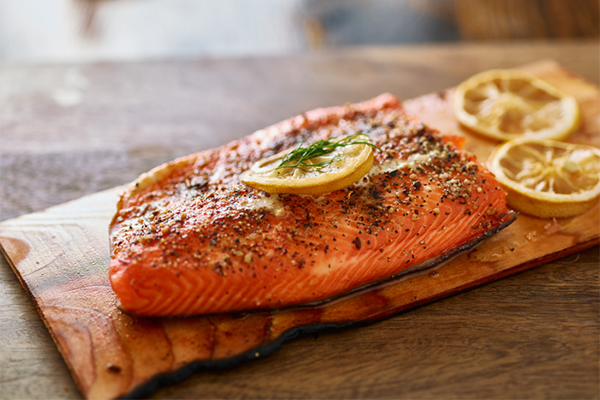
Salmon is a little bit of a no brainer relating to one of the best sorts of fish to eat — and, by the way, top-of-the-line selections of fish on the market for mind well being. Credit score that to excessive ranges of omega-3s, the fatty acids now we have within the mind and which are very important for cognitive (i.e. mind reminiscence and efficiency) and behavioral perform.
“These are the sorts of fat that we would like,” says Paige Bente, R.D. Particularly, she notes, when countering the usually excessive quantities of omega-6s that we are able to purchase simply from meals like nuts and seeds. Salmon can also be a superb supply of protein and is wealthy in vitamins like B-vitamins.
And should you see the phrases “farm-raised” on the seafood counter, worry not. “Farmed salmon is significantly better in the present day than it was 15 or 20 years in the past,” notes Ryan Bigelow, venture director on the Conservation Alliance for Seafood Options. “The business is admittedly cleansing up their act with enhancements like enclosed tank methods and fewer chemical substances in fish feed — it’s turning into a greater course of total for the setting.”
2. Mussels
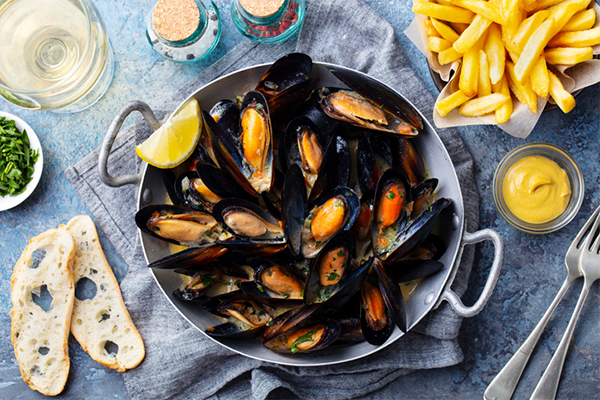
With regards to the “fish” of the long run, mussels is likely to be it. “Mussels thrive in tight areas — they don’t want a lot meals as a result of they filter the water,” says Bigelow.
The mollusks pack loads of well being advantages, too, beginning with protein — every three-ounce portion carries 20 grams, together with excessive ranges of omega-3s to assist cognitive perform. Plus, they’re an important supply of nutritional vitamins and minerals, equivalent to iron, selenium, folic acid, and zinc.
What’s extra? They’ve a great deal of vitamin B12 (almost 10 instances the beneficial each day allowance per three-ounce serving), a vital participant relating to wholesome nervous system functioning, crimson blood cell growth, and cognitive efficiency.
3. Sardines
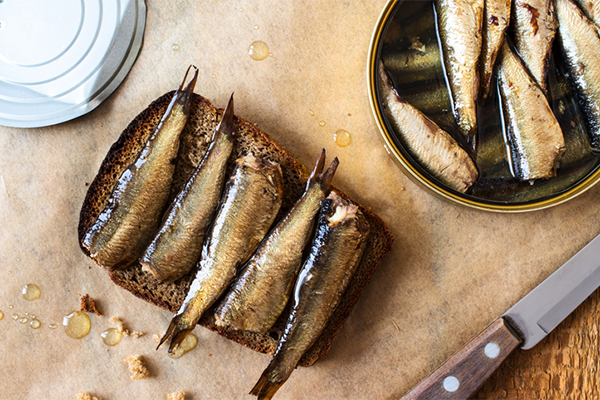
You’ll have performed your greatest to keep away from these small, oily swimmers all through childhood, however take our phrase — it’s time to dive into your fears. That’s as a result of sardines are loaded with the great things, together with upwards of 178 IU of vitamin D per 3.5-ounce serving — just below one third of what the typical American requires every day.
They’re additionally wealthy in calcium, supplying us with roughly 382 milligrams per 100 grams of fish — a whopping third of what we’d like per day. If you happen to’re nonetheless averse to having fun with them on their very own, attempt weaving them into already scrumptious dishes like a brilliant kale salad or bucatini pasta, or get inventive on the subsequent group gathering by throwing them over handed apps like flaxseed crackers with labneh or avocado toast.
The excellent news? You possibly can go away the salt within the kitchen — these guys are stuffed with taste.
4. Rainbow Trout
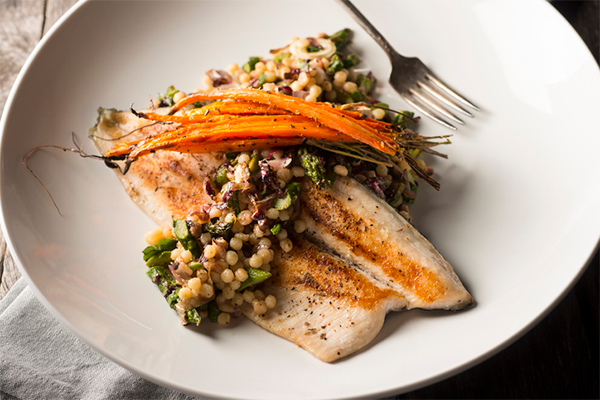
When it comes to sustainability, rainbow trout is a “best option” fish — as long as it’s farmed in closed tanks, that are held to strict environmental requirements and sometimes see far fewer contaminants than trout within the wild.
Low mercury and contaminant ranges make these salmon-relatives an important choice for youngsters and pregnant and nursing ladies, who’re inspired to have 8 to 12 ounces of low-mercury seafood per week, in response to the FDA.
Attempt it with soba noodles, blackened with rice and peas, or smoked in a dip with crackers.
5. Spanish Mackerel
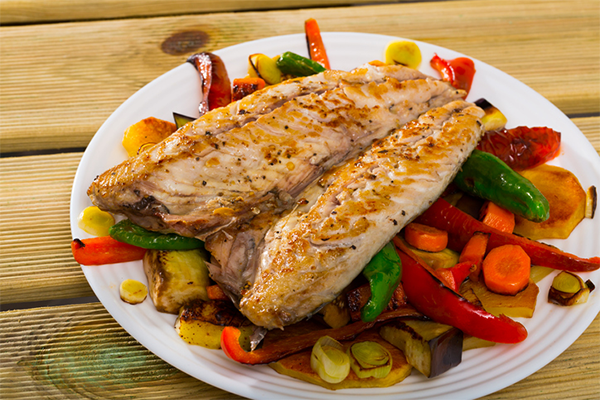
There are many sustainable and eco-friendly choices relating to Spanish mackerel — to not be confused with king mackerel, which is excessive in mercury. This oily, omega-3-charged fish is sky-high in vitamin D (about 1000 IU per 100 grams) and monosaturated fats (11 grams per cup), which might have a optimistic impression on coronary heart well being, in response to the American Coronary heart Affiliation.
This fish additionally packs loads of taste, that means preparation may be easy — give it a go alongside roasted beets and carrots, over a mattress of basil and chickpeas, or grilled with asparagus salad.

